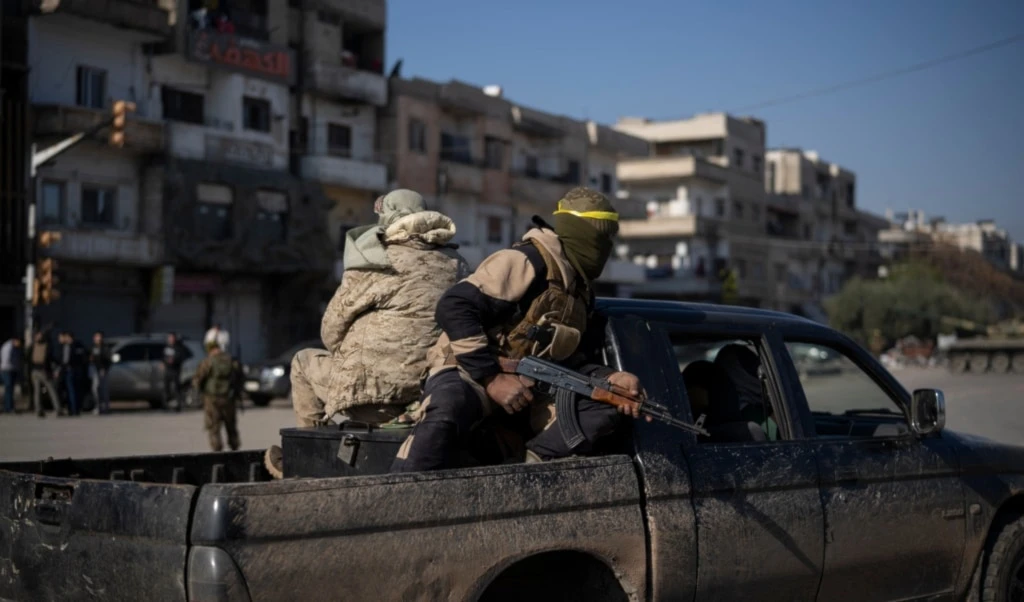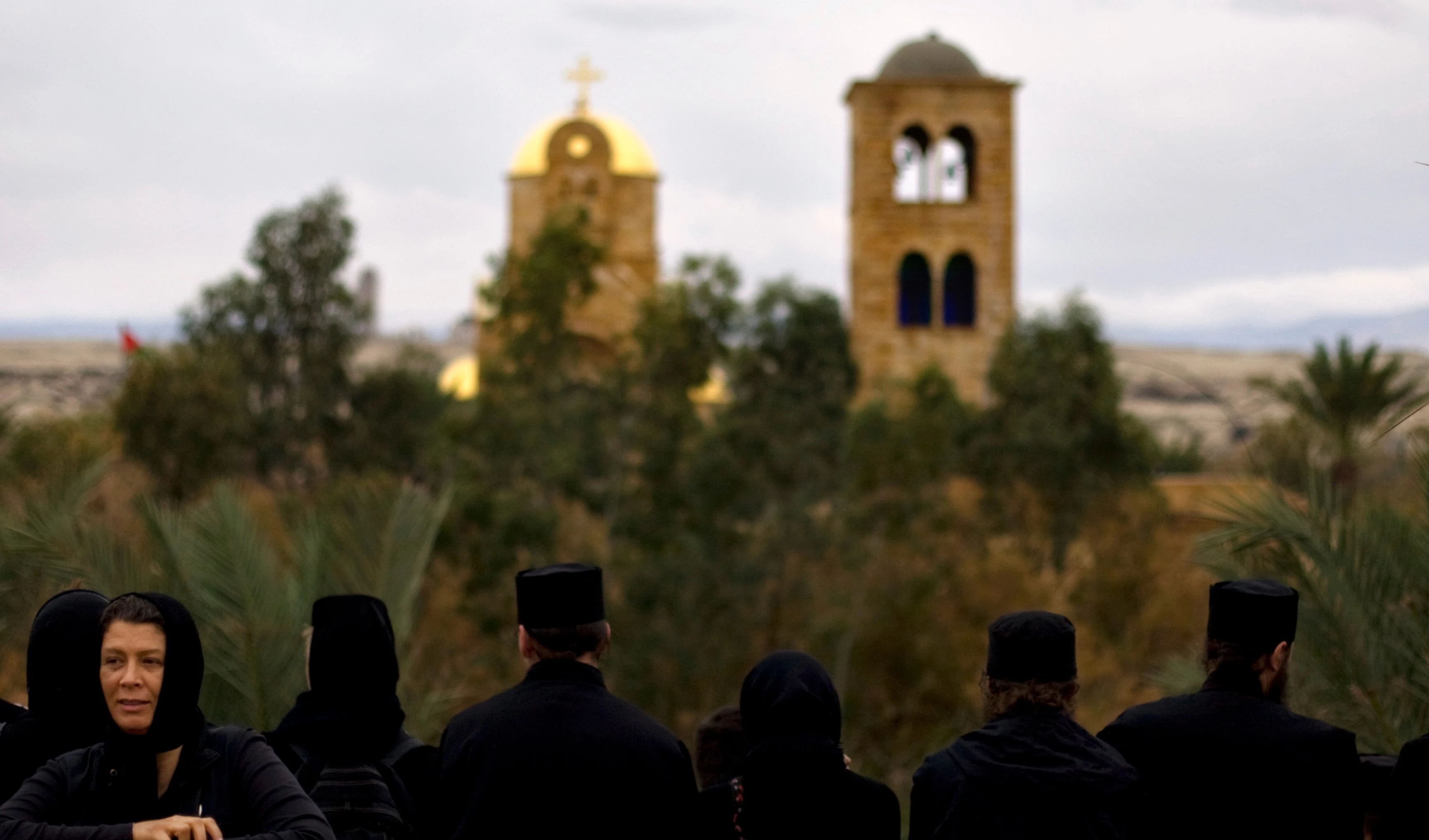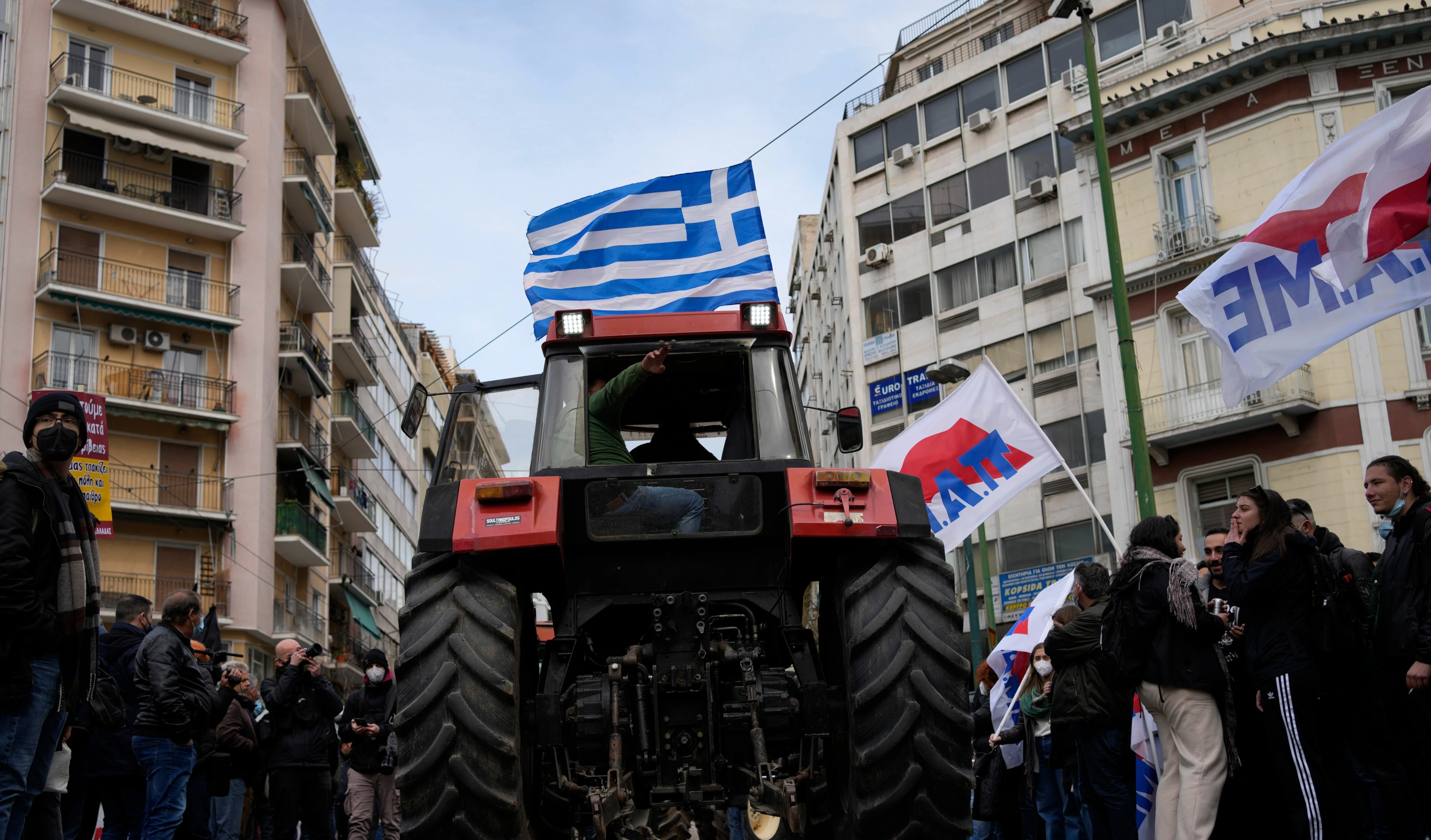US-led coalition carries out airdrop operation in Eastern Syria
The airdrop operation has sparked fear among residents as aircraft swarmed the skies over al-Kassar village before dawn.
-

A Blackhawk helicopter lands next to an Apache attack helicopter at a US military base at an undisclosed location in Eastern Syria, Monday, November 11, 2019. (AP)
Local sources reported that the US-led coalition launched an operation early Tuesday, targeting several homes in the village of al-Kassar, located in the al-Busaira region of eastern Deir Ezzor.
Residents said US occupation forces used loudspeakers to direct civilians to stay indoors, while helicopters, warplanes, and US drones hovered over the area.
As of now, no information has been released regarding any detentions or casualties resulting from the operation.
This is happening as the United States' occupation forces have had a recent surge of logistical and weapons deliveries to their bases in northeastern Syria as Damascus pursues a complex web of diplomatic and security arrangements with regional powers and local groups, the objectives of which remain unclear.
Airborne deliveries to Kharab al-Jir and an earlier ground convoy to Qasrak come against the backdrop of President Ahmad al-Sharaa’s outreach to Moscow, steps to incorporate the Syrian Democratic Forces into national structures, and reports that Ankara is preparing arms transfers tied to wider deals.
Air, ground reinforcements to US bases
Local monitoring groups and regional outlets reported on Tuesday that a US cargo aircraft landed at the Kharab al-Jir airbase in the Rmeilan area on Monday evening, carrying military and logistical equipment, and that the arrival was accompanied by two military helicopters. The deliveries were described as including air-defense systems, heavy weapons, and other supplies intended to sustain and reinforce coalition positions in northeast Syria, the Syrian Observatory for Human Rights (SOHR) said.
A separate overland convoy, reported to have crossed from Iraq's Kurdistan region, reached the Qasrak base in northern al-Hasakah on October 18. The SOHR said the convoy comprised roughly 20 trucks carrying equipment and fuel tankers. Analysts say the movements are part of routine resupply operations but also signal continued US logistical commitment to its occupation bases in the sensitive region.
Al-Sharaa’s Moscow visit
Syrian Transitional President Ahmad al-Sharaa traveled to Moscow on October 15 for talks with Russian President Vladimir Putin, the first high-level meeting since al-Sharaa took office.
The discussions addressed the future of Russia’s bases in Syria and wider security and economic ties.
Reportedly, al-Sharaa pressed Moscow on a range of issues, including the fate of former president Bashar al-Assad, who remains in Russia, while seeking guarantees for Damascus’ security needs and assistance in rebuilding Syrian state institutions.
Read more: Syria, Russia in talks to review military base agreements: Al-Shaibani
A few days earlier, the US-backed SDF and Damascus began implementing a previously agreed framework to integrate SDF units into Damascus-led forces under the command of a unified national army.
Observers say full implementation will be politically sensitive and operationally complex, not least because of Ankara’s long-standing designation of the SDF as linked to the Kurdistan Workers' Party (PKK), which it says is a terror organization.
Ankara’s posture
In the same week, Bloomberg reported that Turkey is prepared to provide military equipment to Damascus as part of a broader arrangement that would expand Ankara’s leeway to act against Kurdish armed groups along the border.
Bloomberg and other outlets indicate that the prospective transfers could include armored vehicles, drones, and air-defense systems, contingent on guarantees over how Syrian forces would address Turkish security concerns.
If implemented, such a deal would mark a striking shift in Ankara-Damascus relations and could alter operational calculations in northern Syria.
What this means for the battlefield, diplomacy
Taken together, the developments point to an increasingly multidirectional settlement in which Damascus is simultaneously consolidating ties with Moscow, negotiating integration and local governance arrangements with the SDF, and exploring tactical understandings with Ankara, even as Western coalition forces maintain and resupply their positions in the northeast.
The outcome is a constantly shifting security landscape, where local military balances and chains of command are being redrawn, and the risk of missteps between multiple state and non-state actors remains significant.
Read more: Barrack pushes US agenda: Disarm Hezbollah, rebrand Syria policy

 4 Min Read
4 Min Read










